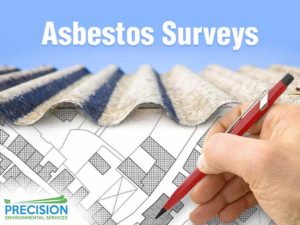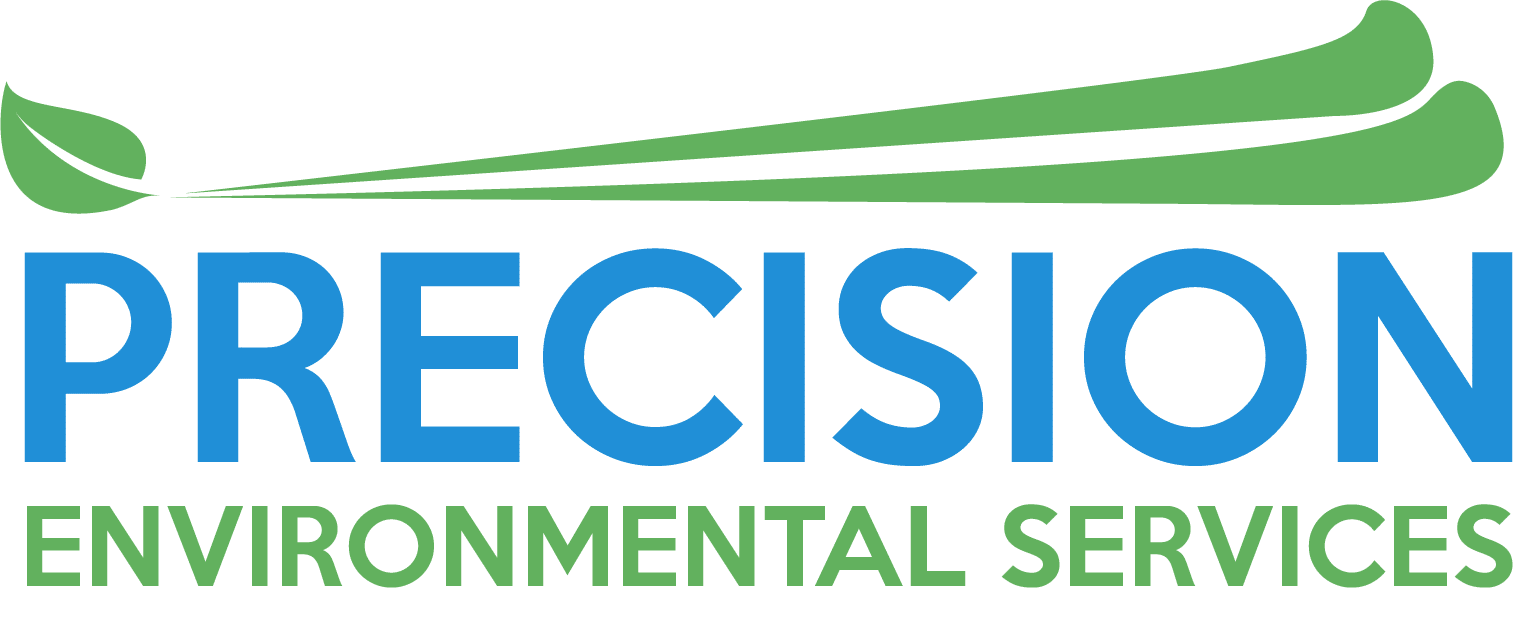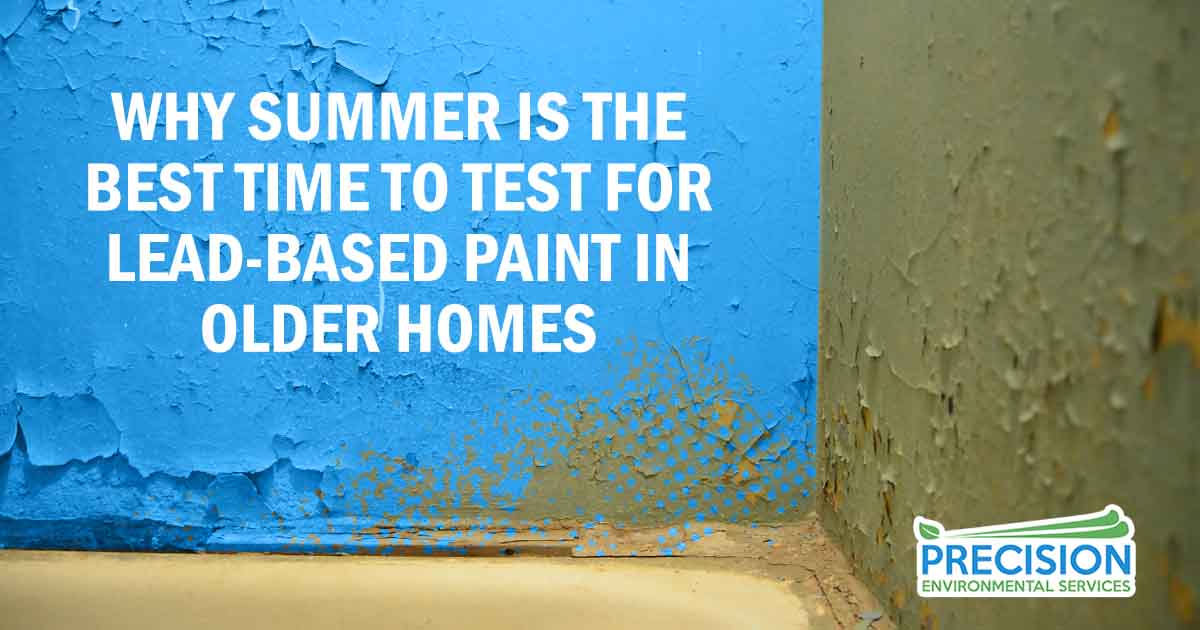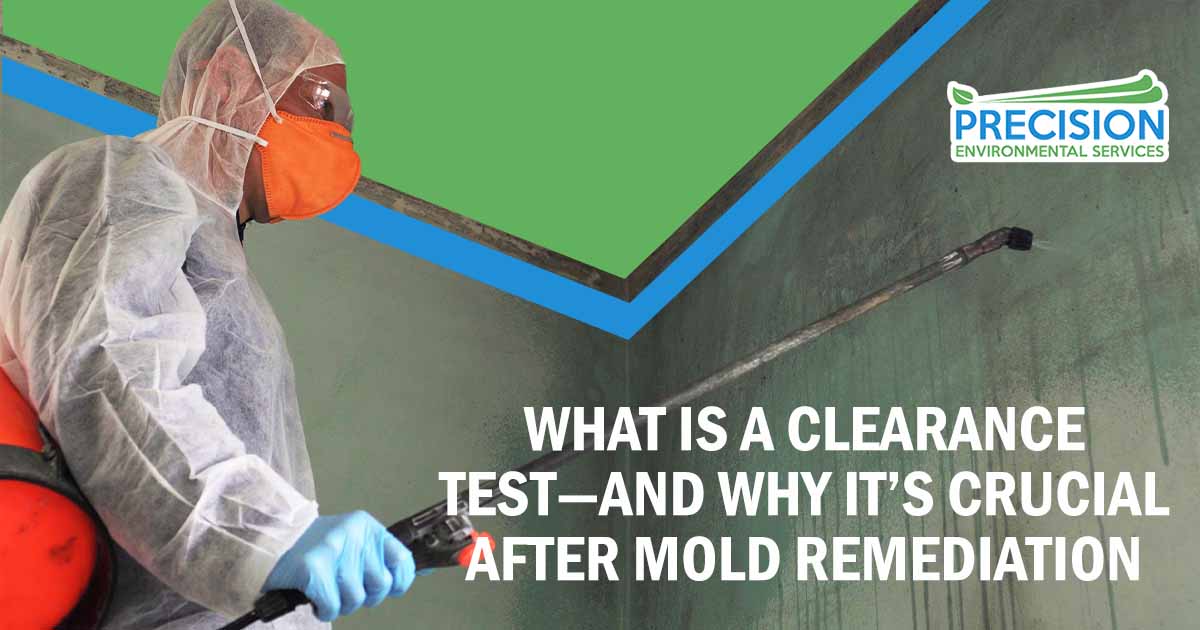Asbestos Surveys & Inspections
Get Estimate
ASBESTOS SURVEYS
Although the dangers of asbestos contamination are widely known, it is still sometimes used in smaller amounts for construction projects. This makes an asbestos survey even more important before any renovation or demolition project.
Asbestos was a popular building material throughout much of the 20th century because of its durability and resistance to fire and other chemicals. It was not until 1986 that government agencies began to regulate the use and management of asbestos. As a result, local, state, and federal regulations require an asbestos survey to be done before the renovation or demolition of any building, regardless of when it was built. These procedures ensure that if asbestos is present it will not be released into the air, where it can cause many health problems for humans.

WHAT IS AN ASBESTOS SURVEY?
The asbestos survey can help to ensure the safety and health of all those who enter the space. It typically involves a thorough inspection of the property to gather information about the risk of asbestos contamination, as well as providing an asbestos registry and management plan. Surveys typically involve some sampling and analysis to confirm the presence of asbestos-containing materials. However, there are different asbestos survey types based on the property’s characteristics.
A few of the things to consider when choosing a type of survey include:
- What type of property is it? Commercial or residential?
- Are there any renovation or demolition projects planned?
- Which asbestos-containing materials do you suspect may be on the property?
Based on the answers to these questions, a property owner should be able to determine if they need a less invasive or more invasive test.
WHAT ARE THE TYPES OF ASBESTOS SURVEYS?
There are four types of surveys to determine the asbestos risk and decide a course of action.
Your Title Goes Here
Your content goes here. Edit or remove this text inline or in the module Content settings. You can also style every aspect of this content in the module Design settings and even apply custom CSS to this text in the module Advanced settings.
1. Asbestos Screening
The least invasive of the asbestos surveys, a screening involves sampling of suspected asbestos-containing materials. This type of test best when damaged materials, suspected of containing asbestos, are being repaired and could pose a health risk. The inspector will likely take some samples for analysis.
2. Limited Asbestos Survey
This type of testing is a little more involved than simply having an asbestos professional screening the area. Limited asbestos surveys target specific areas. For commercial buildings, that could be a roof, siding, and even certain walls.
3. Path of Construction/Pre-Renovation Asbestos Survey
An inspector performing a Path of Construction/Pre-Renovation Asbestos survey will look at areas that are expected to be disturbed during a construction or renovation project. Testing will only be done on suspected building materials in areas where the activity will be taking place.
4. Pre-Demolition Asbestos Survey
The Pre-Demolition Asbestos Survey is the most comprehensive testing process of them all. The survey looks at the entire building, inside and outside. In many cases, parts of the building could be damaged in an effort to find asbestos-containing materials that could be hiding behind walls, under floors, or in other hidden areas.
WHY IS AN ASBESTOS SURVEY NECESSARY?
While asbestos is no longer widely used for construction, it can still be found in very small amounts in new building projects. And, we now know that the fibers that make up asbestos can be harmful to human health and safety. Asbestos is a human carcinogen that can cause a variety of illnesses affecting the lungs, chest, or abdomen.
Some of the most common places asbestos is found in construction projects include:
- Pipeline wraps
- Roofing felt
- Vinyl floor tile
- Millboard
- Roof coatings
This list can also include cement corrugated sheet, cement flat sheet, and further – but my aim isn’t to provide an exhaustive picture of the possibilities.
Among the most common illnesses that have been linked to asbestos exposure is Mesothelioma, a type of cancer that can damage the thin layer of tissue around internal organs. Even today, thousands of people are diagnosed with Mesothelioma related to asbestos exposure. Asbestos can also lead to other serious health-related issues, including ovarian and laryngeal cancer. But, some patients with asbestos exposure are also at risk of the following conditions:
- Asbestosis happens when asbestos causes scarring of the lung tissue and can lead to shortness of breath and Mesothelioma.
- Pleural effusions cause a build-up of fluid between layers of the outside of the lungs.
- Pleural plaques can build-up in the outside layers of the lungs and put patients at risk for certain cancers.
- Pleuritis is the inflammation of the membranes lining the lungs and can cause sharp pains when breathing.
- COPD, or Chronic obstructive pulmonary disease, causes inflammation that can obstruct airflow to the lungs.
Some signs of asbestos exposure include, swelling or pain the abdomen, an obstruction of the bowels, weight loss, hoarseness, difficulty swallowing, hernia, loss of appetite or clubbed fingers. The worst effects typically happen when a person is exposed to a large amount of asbestos, or they are exposed to it regularly over a long period of time. Once asbestos accumulates in the body, there is not currently a way to reverse the affects.
ASBESTOS REMOVAL
So, what happens if you find asbestos-containing materials on a property? There are a number of solutions, including abatement. During this process, a sealant covers the products containing asbestos to prevent fibers from becoming airborne. If the damage to the materials is extensive enough, they will need to be completely removed from your home. Once out of your home, the materials are typically taken to a landfill that is properly equipped to handle toxic materials. An asbestos professional may also recommend abatement oversight, air monitoring, development of an operations & maintenance plan (O&M) and/or clearance sampling to ensure asbestos fibers are not present in the air after removal.
Licensed asbestos inspectors are standing by to help ensure the health and safety of those who enter the property. Of course, use due diligence to hire a company that is knowledgeable and can meet your needs. If you need asbestos testing, or abatement, services, contact Precisions Environmental Services at (940) 597-2673.
Call for an estimate!
940-597-2673
Latest News
Why Summer Is the Best Time to Test for Lead-Based Paint in Older Homes
Homeowners considering summer renovations should prioritize lead-based paint testing in older homes, especially those built before 1978. Disturbing...
What is a Clearance Test—and Why It’s Crucial After Mold Remediation
After completing mold remediation, one of the most important final steps is mold clearance testing. This process confirms whether the remediation...
Is Your Office Making You Sick? Understanding Sick Building Syndrome
Employees who spend hours in an office building may begin to experience recurring health issues, such as fatigue, headaches, or throat irritation....





